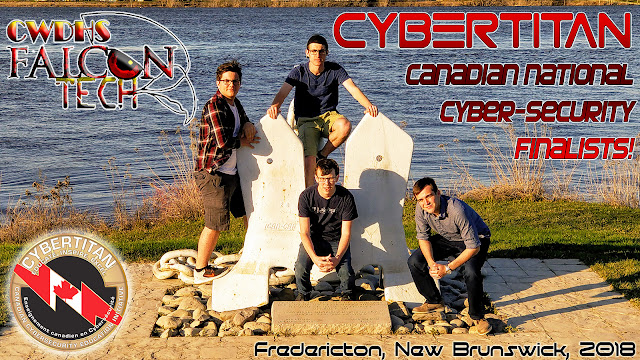No pride here at TMD. The other weekend I went out for a ride with my lovely wife and we stopped for a snack. The parking lot wasn’t even but the bike was full of fuel and had the top box on and it was a very windy day. I had to lean on it to get it to stand up and thought it would be ok – you might see where this is going.
I was once told that bikes fall over, it happens to everyone, but I’ve never had it happen before. I’ll be more cautious next time. My best guess is the road behind the restaurant channeled the wind making for even stronger gusts and it toppled the bike. We were around the corner on the patio when I heard the worst kind of smashing sound and immediately got up to come around to see Big Blue on its side. I remembered the lift with your legs holding the handlebar in and the back of the seat, and got the big thing upright again.
It started right up and I rode it around the corner to another spot on more even ground out of the wind tunnel. Much swearing ensued but it was really my own fault. I checked it twice to make sure it was stable, but that second check should have told me I didn’t like how it was sitting and I needed to find a better spot. Lesson learned.
The wing mirrors on GTR1400 / Concours 14s are (big) plastic pieces over an aluminum frame. They’re one of my least favourite stylistic choices on the bike. They work well but they are enormous and make what is already a big bike look enormous, so my first reflex was to find a lower profile alternative. The bike looks much more svelte when it’s mirrorless.
The only aftermarket option I could find is pretty much the same thing – industrially big. I might be tempted to customize something, like perhaps an electronic rear view option, but something stopped me. I’ve worked hard to get the C14 to fit, but it never has. Bar risers, modified foot pegs and a pang Corbin saddle and it still feels like it was made for someone else. Love the engine and it handles well enough with the rear tire mod (slightly larger profile balances the bike forward a bit more) and getting the suspension set for my size helped too, but it still feels like someone else’s bike, so I started looking at other options.
I reached out to the metal shop teacher at my school but he can’t weld aluminum. He suggested Fergus Welding & Machine Shop just up the river from us. It was described as ‘turn of the century – 18th Century’. I gave them a telephone call (because they have no digital presence at all) and went over to show them my broken mirror frame.
Our shop teacher wasn’t kidding. This place is in an old stone building and it was indeed old-school with paper filing upstairs and blacksmith come metal shop downstairs. The broken bit was in fact aluminum and their Yoda-like welder said that if it was ‘white metal’ he wouldn’t be able to do anything with it and that he’d only find that out when he ‘hit it’ for the first time. I left my phone number on the box and off I went.
I got the bike undressed and cleaned everything up. I’m amazed at how strong the fairings are on this thing. Even with seven hundred odd pounds coming down on it the thing held up with only scratches.
Fergus Welding & Machine Shop called back end of the next day and Dave said he was able to sort it out. It cost me $25 and I tipped them with a six pack. The part was impossible to source used and a new metal piece was asking $260US, so I came out ahead there.
The job was really well done. Dave tacked the part back together following the break and then filled it like the magician he was described as. When I put the assembly back together it fit like a glove – all the holes lined up perfectly and when I took it out for a spin tonight everything is tight and works as it should. It gives you an indication of how over-engineered this bike is that it can tip over, break the metal mirror frame but not smash the mirror itself. There’s a lot to like about a C14, but me fitting on it comfortably isn’t one of those things.
Next steps? Sort out the fairings. If it were a more popular bike I could get some Chinese knock-offs and get them painted for a grand, but I’m not that lucky. I looked up Color Rite who I got the Neptune Blue touch up paint from when I first got the bike. The previous owner had it tip over on him (on the other side) and the touch up made it all but disappear.
Some Concours 14 Mirror Links:
https://www.aliexpress.com/item/1005005337788259.html
https://forum.concours.org/index.php?threads/mirror-replacement.13139/
Ebay Links are enormous
The electronic option: https://youtu.be/UZ2XPHB7mo4
https://innovative-cycles.com/gps-video-mirrors
https://www.aliexpress.com/w/wholesale-motorcycle-wing-mirrors.html
Dodgy fairing options don’t include second generation Concours 14/GTR1400s.
from Blogger https://ift.tt/oF17a8t
via IFTTT





























